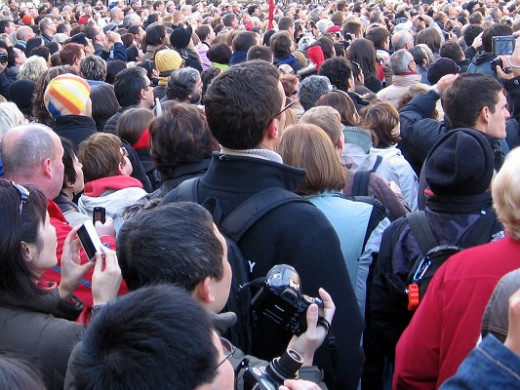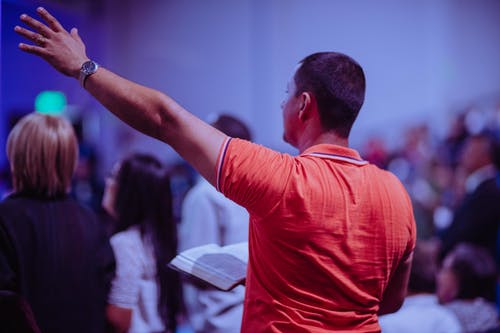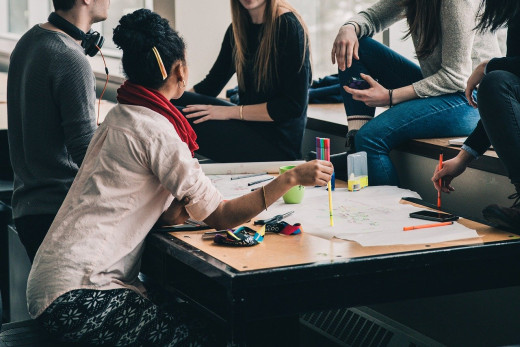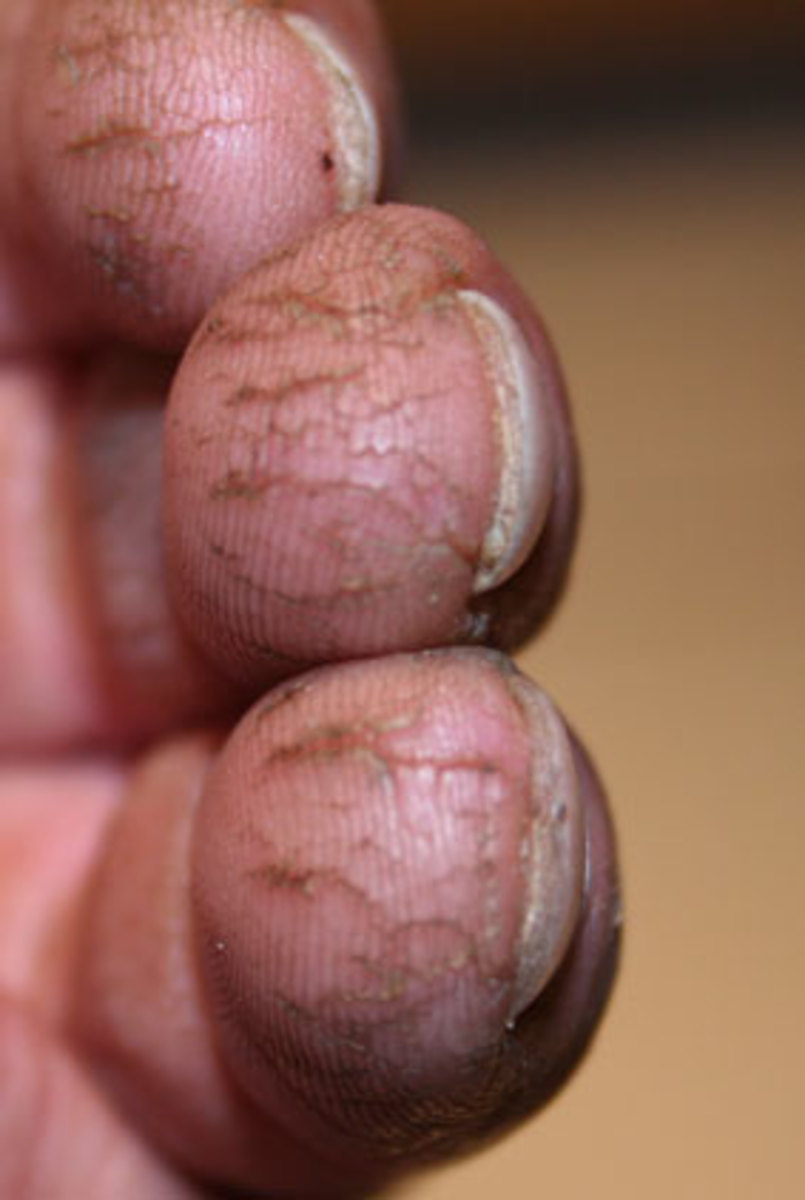Covid-19: What Exactly Is Social Distancing?
Mona Lisa With Face Mask

Introduction
As the world battles coronavirus pandemic countries adapt different measures to curb the spread of the contagious disease. Infection control include physical distancing, ban on public gatherings and closure of tertiary institutions.
Others are shut down of airports, land or sea boarders to reduce influx of new cases. More measures are suspension of gathering of more than 20 people, avoid physical contact and encourages the use of face masks in public.
We have community level social distancing, self-isolation, workplace closure and care for vulnerable people in the society.
Government's Initiatives
Personal Hygiene
| Social distancing
| Public ban on gatherings
|
|---|---|---|
use of hand sanitizers
| self isolation
| closure of tertiary institutions
|
washing hands regularly
| stay at home
| avoid physical contact.
|
use of face masks
| avoid gathering
| closure of offices
|
Pass The Pepper: Social Distancing is Nothing to Sneeze At
What is social distancing and self-isolation?
Social distancing are measures put in place to curtail further spread of a disease. This includes self-isolation, stay at home recommendations, physical distancing and avoidance of gatherings. Self-isolation involves staying at home and avoidance of contact with others. Recommended distance from person to person is 3 - 5 feet.
Measures to curb the spread of the contagious disease
- Physical distancing
- Ban on public gatherings
- Closure of tertiary institutions.
- Shut down of airports, boarders
- Suspension of gathering
- Avoid physical contact
- Use of sanitizers
- Regular hand washing
- Use of face masks in public
- Community level social distancing
- Self-isolation
- Workplace closure
- Care for vulnerable people in the society
Which is not a social distancing rule
Which is not a safety rule
Huge Crowd at an event

1. Mass gathering measures
Most countries have placed a ban on mass gatherings. This includes supermarkets, grocery stores, entertainment centers and sporting activities. Some agency prescribe gathering of less than 20 people who observe social distancing and personal safety rules.
2. Suspension of Gatherings
The suspension of gatherings and meetings is another measure in social distancing. The concept involves limiting contact in high incident areas with low or non-transmission locations. It is important to engage with opinion leaders with strong role in communities.
In-order to succeed there is engagement with religious and community leaders to align with the process or directive. Types of gathering that fall under this mandate are religious activities in churches, mosques, other religious worship centers.
Suspended gatherings are not limited to religious activities alone and covers public gathering, music concerts, public shows, political gatherings, social activities in clubs, pubs, restaurants and public markets.
A person praying in church

Gathering and Meetings
- Town hall meetings
- Event centers
- Public parks
- Churches
- Mosques
- Religious worship centers
- Public gathering
- Music concerts
- Public shows
- Political gatherings
- Clubs
- Pubs
- Restaurants
- Public markets
Students in class

3. Closure of tertiary institutions
Closure of tertiary institution is another government initiative to fight the pandemic. In past studies of influenza outbreaks prevention of contact in confined spaces or large gatherings in early transmission stage decreases circulation of the pathogen. Therefore compulsory closure of tertiary institutions is just one among many strategies to curb the disease.
Close institutions
- Adult education
- School of nursing
- Universality
- High school
- Colleges
- Nursery school
- Primary school
- Technical colleges
4. Stay at home
Stay at home recommendations for member of the public is aimed at curtailing the spread of the virus. Home-isolation involves avoidance of close contact, social distancing or mass gathering. The measure decreases pressure on health facilities, reduces community transmission particularly in high risk groups. It also affords the health official proper logistics management and contact tracing.
5. Workplace closure
Workplace closure is identified as part of measures to curb transmission or spread of the virus. To reduce close contact in the workplace the European center of disease control advocate flexible working conditions, shifts or schedules aimed at distancing measure. This is aimed at limiting contact with people in confined workplace environment. Measures include limiting number of workforce, work from home and use of teleconferencing or email.
6. Institutionalized Population
People who reside in correctional centers, mental health institutions or old peoples home are high–risk group. This is because large number of people live in close contact in confined residency. To prevent spread of the disease, measures include limiting contact between inmates, patients and visitors.
- Long term institutions
- Correctional centers
- Age homes
- Psychiatric institutions
Women observing social distancing

7. Most vulnerable population
Aged people are considered the most vulnerable of the population. This is especially true with people 55 and above. People with underlining medical conditions like diabetes, cancer, HIV, respiratory problems are high –risk group. T is important for caregiver to observe social distance, avoid close contact and offer assistance with food and medication.
8. Use of Hand-Sanitizers and Hand washing
Another health and safety measure recommended is the use of hand sanitizers or hand washing. The type of hand sanitizers prescribed are alcohol based sanitizers. They recommend washing of hand regularly for at least 20 seconds.
More Articles
- What Does Coronavirus Do to the Body, and Can It Be ...
The deadly novel coronavirus (2019-nCoV) outbreak has the potential to threaten the health and wellness of human populations on a global scale. This article provides basic information about, including diagnosis, treatment, and preventative measures. - How Much of a Concern Is the Coronavirus Outbreak?
Originating in Wuhan, China, the coronavirus has now spread to over 20 countries as travelers to the region return to their respective nations. Is it a global health emergency? How can we prevent it from becoming one? - The Coronavirus: Symptoms, Treatment, and Prognosis
This article examines the infectious virus known as the Coronavirus. It provides a direct analysis of the disease's characteristics, symptoms, and general treatment options. - Facts About Coronaviruses and Reducing the Risk of I...
Coronaviruses often cause mild to moderate problems in the respiratory tract. Sometimes, as in the case of the MERS, SARS, or COVID-19 virus, they may produce a serious infection.
This content is accurate and true to the best of the author’s knowledge and is not meant to substitute for formal and individualized advice from a qualified professional.
© 2020 femi








